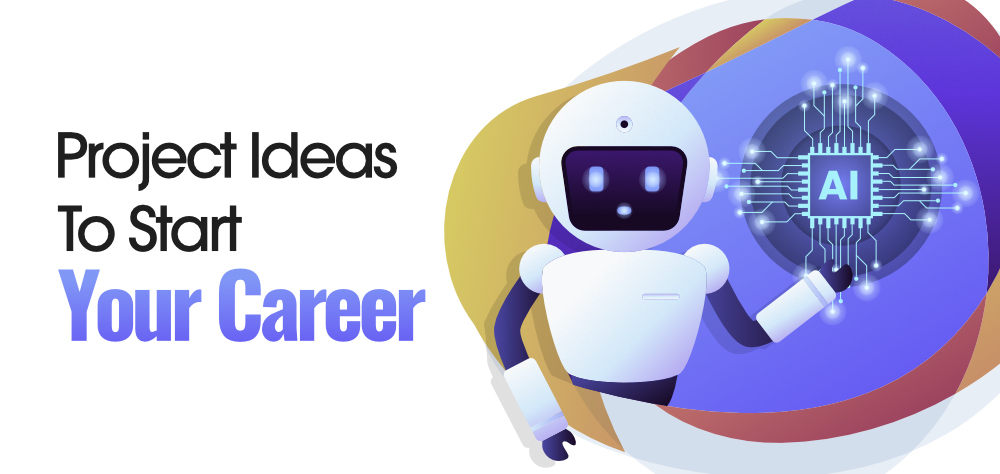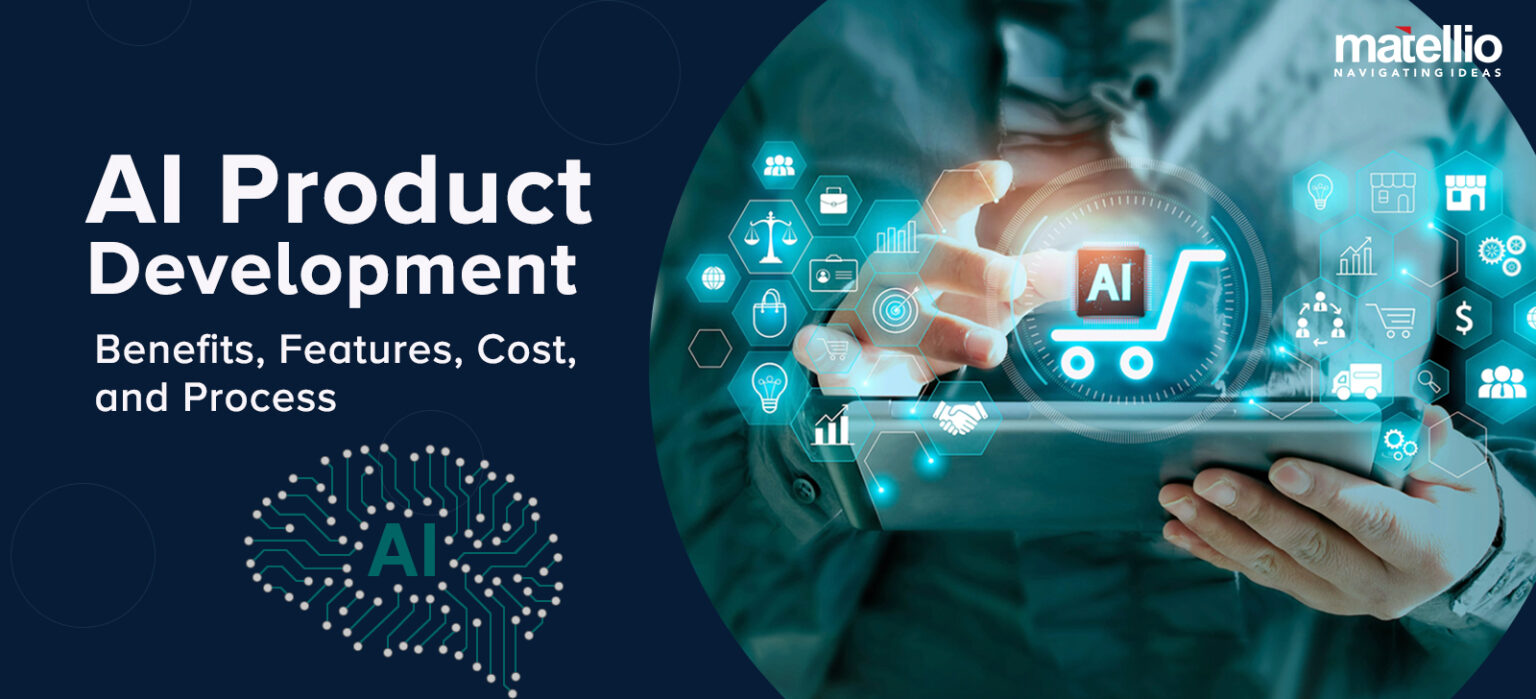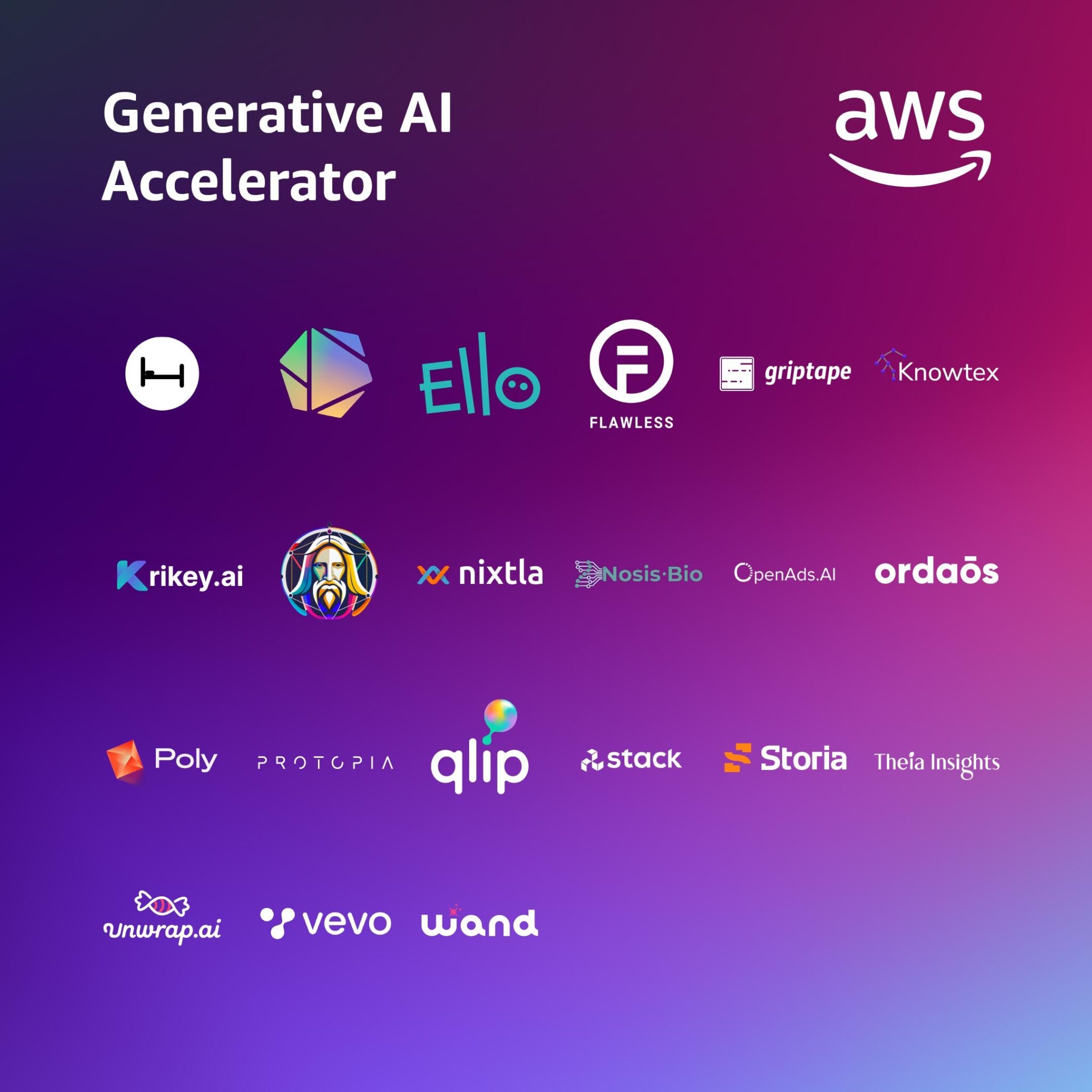
Ready to Build? Top Artificial Intelligence Project Ideas for Every Skill Level
Artificial intelligence is rapidly reshaping our world, and there’s no better way to understand its power and potential than by diving in and building your own AI projects. Whether you’re a seasoned developer, a curious student, or a professional looking to harness AI, this list offers a range of exciting project ideas to spark your inner innovator. We’ll explore projects from beginner-friendly to more advanced, touching on how these concepts can translate into real-world applications—sometimes even without writing a single line of code.

1. AI Project Ideas for Beginners and Students
Getting started with AI doesn’t have to be daunting. Recent surveys show that a significant majority of educators, 73% to be exact, advocate for hands-on AI projects as the most effective method for grasping machine learning fundamentals. These beginner projects are designed to blend core concepts with practical application.
1.1 Resume Parser AI Project
A resume parser is an excellent entry point into Natural Language Processing (NLP). This type of project involves teaching an AI to extract structured information like skills, education, and work experience from unstructured resume texts. You can start with Python libraries such as spaCy or NLTK. For instance, the Kaggle Resume Dataset, with its 2,500 annotated resumes, can achieve an impressive 89% accuracy in entity recognition when used with BiLSTM models. Building such a tool can significantly cut down hiring time for HR teams, by as much as 40% according to a 2025 benchmark study. Understanding the mechanics of a resume parser can be a foundational step for professionals aiming to innovate in HR technology or talent acquisition, even if they later use no-code platforms to build more complex solutions.
1.2 Fake News Detector
With misinformation being a widespread issue—62% of social media users report encountering it weekly—a fake news detector is a project with real social impact. This project typically uses TF-IDF vectorization and classifiers like Logistic Regression or Naive Bayes to determine the authenticity of news articles. Datasets like LIAR (12.8K labeled statements) or FakeNewsNet (20K articles) are great for training. While advanced models like BERT have achieved F1-scores of 92.3%, beginners can achieve good results (around 78% accuracy) with simpler models. Some researchers have even developed models claiming up to 99% accuracy using ensemble techniques.
1.3 Object Detection System
Object detection is a cornerstone of computer vision. Beginners can get started by fine-tuning pre-trained models like SSD (Single Shot MultiBox Detector) with TensorFlow, using the extensive COCO dataset (which features 330K images across 80 object categories). Such projects can achieve a mean Average Precision (mAP) of around 74%. A 2025 tutorial even demonstrated real-time detection on a Raspberry Pi using MobileNetV3, showcasing the accessibility of this technology.
2. Image and Object Recognition Projects
Computer vision continues to be a hotbed of AI research, accounting for approximately 34% of AI research papers in 2025, largely thanks to breakthroughs in transformer architectures.
2.1 Animal Species Classification
This project involves training Convolutional Neural Networks (CNNs) to identify different animal species from images. Using a resource like the Animals-10 dataset (28,000 images, 10 species), models such as ResNet50 can reach up to 96% accuracy. Practical uses include wildlife monitoring systems, which have reportedly helped reduce poaching in Kenyan reserves by 22%.
2.2 Medical Image Diagnosis
AI is making significant strides in healthcare, particularly in medical image analysis. For example, a 2025 study utilizing the CheXpert dataset (comprising 224,316 chest X-rays) demonstrated that Vision Transformers (ViTs) could detect pneumonia with 98% accuracy. Google’s AI has also shown promise in detecting lung cancer with high accuracy, sometimes outperforming human radiologists. Microsoft’s Project InnerEye aims to democratize AI for medical image analysis. For professionals looking to develop AI solutions in healthcare, it’s crucial to consider regulatory landscapes. Programs like AI Product Accelerator often include guidance on compliance with standards such as GDPR, which is vital for deploying AI in clinical settings.
Table 1: Performance Comparison of Select Object Detection Models
Model | mAP (%) | Inference Speed (ms) |
|---|---|---|
YOLOv9 | 78.9 | 45 |
SSD MobileNet | 74.1 | 28 |
Faster R-CNN | 82.3 | 120 |
Source: COCO Dataset Evaluation, 2025
3. Natural Language Processing (NLP) and Sentiment Analysis
NLP technologies are increasingly integrated into our daily lives, with 89% of customer service tools now leveraging them. Sentiment analysis, in particular, is a highly sought-after skill.
3.1 Multilingual Sentiment Analysis
Models like XLM-RoBERTa can process text in 100 different languages, achieving around 85% accuracy on datasets such as MLSentiment (which contains 1.2 million reviews). A fintech startup in 2025 reportedly used this capability to analyze sentiment in the crypto market, finding a strong correlation (r=0.79) with price fluctuations.
3.2 Sarcasm Detection
Identifying sarcasm is a nuanced NLP challenge where the literal meaning of words contradicts the intended message. The iSarcasm dataset, containing 50,000 tweets, provides a good basis for training models. A hybrid CNN-LSTM model has demonstrated an 81% F1-score, outperforming BERT by 9% on this task. Such projects involve steps like data collection, text pre-processing, feature extraction, and model training.
4. Chatbots and Conversational AI
The chatbot market is booming, with revenue expected to hit $10.5 billion by 2026. This growth is fueled by accessible frameworks like Rasa and Dialogflow.
4.1 Mental Health Support Chatbots
AI-powered chatbots are being developed to offer initial mental health support. Trained on datasets like DAIC-WOZ (189 clinical interviews), these bots can help triage patients, with therapists reporting a 31% reduction in patient wait times.
4.2 Voice-Enabled Assistants
Creating a voice-enabled assistant, perhaps for smart home control, is another engaging project. Using tools like Mozilla’s DeepSpeech, a 2025 project achieved 95% word accuracy in voice-to-text conversion. As businesses increasingly adopt AI for customer interactions, understanding how to build and implement these tools ethically is paramount. The AI Product Accelerator, for instance, emphasizes strategies for customer service automation that uphold ethical standards, often referencing powerful models like OpenAI’s GPT series.
5. AI in Video Analysis and Summarization
Video analytics is transforming industries like media and sports. For example, the NBA reportedly saves $12 million annually through AI-generated highlight reels.
5.1 Action Recognition in Sports
Using datasets like UCF101 (13,000 clips across 101 actions), 3D CNNs can be trained to classify sports plays, such as basketball moves, with up to 92% accuracy. In 2025, an implementation automatically generated highlights for 80% of NCAA games. AI is also being used to track player movements and gather performance data.
5.2 Documentary Summarization
Transformer-based models, such as VideoBERT, are capable of creating concise summaries of long-form video content. These models can condense a “2-hour documentary” into a “5-minute summary” while retaining about 87% of the critical information.
6. AI for Automation: Web Scraping and Data Collection
Data scientists often spend a significant portion of their time—over 5 hours a week for 58% of them—on data cleaning. AI-driven automation can drastically improve efficiency here.
6.1 Dynamic Pricing Scrapers
Businesses constantly adjust prices based on demand and competition, a strategy known as dynamic pricing. An AI-powered Python script using Scrapy and BeautifulSoup was able to track 1.2 million Amazon products daily in 2025, identifying price trends with an RMSD of 2.4%. Web scraping provides the real-time data needed for these AI pricing models.
6.2 Job Market Analyzer
Another practical automation project is a job market analyzer. By scraping data from platforms like LinkedIn and Indeed, one project mapped skill demand, uncovering a +300% growth in quantum computing roles since 2023. Building such automation tools can enhance productivity. For professionals concerned about AI’s impact on their careers, focusing on “job-safe” automation—creating AI products that augment rather than replace—is a key strategy, something emphasized by programs like AI Product Accelerator.
7. Industry-Specific and Advanced AI Projects
7.1 Autonomous Drone Navigation
Advanced AI projects include developing autonomous navigation for drones. Using simulation environments like NVIDIA’s Isaac Sim and datasets such as AirSim (10,000 simulated flights), students have built drones capable of navigating challenging environments like wildfire zones with 93% obstacle avoidance.
7.2 AI-Driven Drug Discovery
AI is also accelerating scientific breakthroughs. The MoleculeNet benchmark, which includes 700,000 compounds, assisted a 2025 team in predicting drug toxicity with 89% accuracy, potentially slashing lab costs by $480,000 per project. Developing such impactful solutions, especially in sensitive fields like healthcare and fintech, requires careful attention to compliance and responsible AI principles. AI Product Accelerator, for example, specializes in these areas, offering mentorship to help professionals tackle real-world problems like AI-driven drug discovery while navigating complex regulatory environments.

This exploration of AI project ideas, drawing from extensive research, offers a glimpse into the diverse and impactful applications of artificial intelligence. As AI models become more powerful and efficient (like LLaMA 3 demonstrating a 15% reduction in energy use), the impetus to design and deploy these technologies ethically and responsibly grows ever stronger. Whether you’re taking your first steps or pushing the boundaries of innovation, the journey of building with AI is sure to be a rewarding one.
Ready to take your AI project idea from concept to a market-ready product without getting bogged down in complex coding? The AI Product Accelerator empowers professionals and entrepreneurs to build and launch innovative AI solutions in just 12 weeks. Discover how you can leverage expert guidance and a supportive community to turn your vision into reality.

/read more
Related Articles


Mastering the Best AI Product Development Techniques

